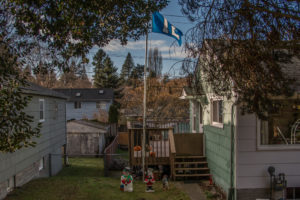
When I began taking photos I walked the same few miles of West Seattle every day. I learned the landscape of my neighborhood: the different architectures, the gardens, the ways the changing seasons altered light and color. I walked at night and in the day, through sun and fog, rain and snow. I became as intimate with those few miles of West Seattle as it was possible for me to be. I studied the quotidian. I was immersed, embedded, suffused with my subject. The waste spaces I walked through were as dear to me as the glorious vista of the Olympic Mountains, west across Puget Sound. This was my introduction to the photography of being.
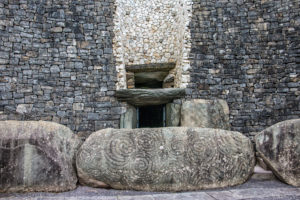
Then there is the photography of going. Whenever I traveled to Iceland, to Ireland, to France — to any place that was not home — I took photos. Though they reflected my growing understanding of scene, composition, and color, they were usually tourist mages, the easy photos that everyone takes. The Eiffel Tower. The Cliffs of Moher. All the wonders along the Golden Circle. These images are stunning – that’s why these landmarks became tourist destinations, after all. But for me, they lack the sense of place that comes with living in a landscape over time. I came to the Arctic as an act of going. I knew within days of my first visit (Greenland, then Svalbard) that going would not be enough for me. I had to be in this place and experience it as someone who lives and walks here every day, in all the light and the weather. For a photographer, there is a particular challenge to this choice, the challenge of beautiful places. How do I not take a tourist photo in a place where everything looks like a postcard? A friend here says everyone takes the same photos of Svalbard. There’s no discernible difference between the images professional photographers take with their expensive equipment, and the ones that residents snap with their phones on their way out to the car. (There may be differences in the quality of the image, but not even that sometimes: phones can do amazing things these days.) I have all the same photos from Svalbard as everyone else. But because of my daily practice, I also have images that only someone who lives here is likely to find.
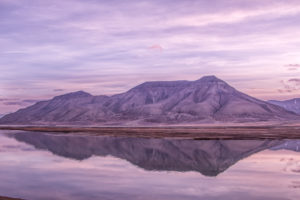
For the first three years I lived on Svalbard I was panting to see everything, go everywhere. That’s how it is with extraordinary places: we want to see what makes it unique. We joyously take all the beautiful, easy images: the astonishing glaciers, the amazing icebergs, the pink and golden skies; if we’re lucky, the polar bears. We have an idea, a notion, of the place, and so that’s what we look for, and that’s what we see. This beauty is real, and if you are going somewhere for a week, two weeks, six weeks — that top-surface wonder is what you get, which is okay. A lot of beautiful and interesting things happen there.
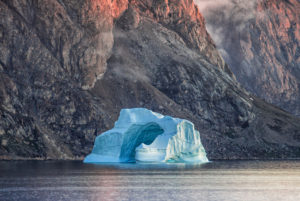
I admit to some discomfort with the photography of going. This comes from the environmental impacts of travel, how it feels like a colonizing activity to me. The very language of photography is aggressive — though of course, photos touch nothing. We take photos. We capture images. We shoot pictures. It’s extractive, even if no physical item is taken. But we take away, and later present, our idea of the location. Often the idea is based on our reading, the images we’ve seen before, and our specific and general expectations as visitors to a new, exotic location. Here, it’s glaciers and icebergs and polar bears: the Arctic imaginary. Of course I take these images — I love their beauty — but I struggle with them, because I know they just touch the surface, and don’t truly reflect the reality and history of this ground. This year I am going to Greenland, on a trip paid for years ago, before I was thinking in this way. I will participate in the photography of going, taking my photos of an extraordinary landscape while feeling a bit guilty, and justifying it as research for my iceberg paintings.
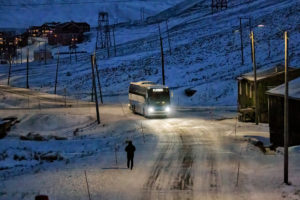
I will take the best photographs I can; I won’t waste a moment of my time there. But I know that what I will be seeing is how I imagine Greenland, not what Greenland is, not the Greenland that unfolds across years. Because the photography of going skips over the deeper reality of place. It can’t avoid this. We go as guests to a new location, see what is available to us in the time we have, and photograph a slice of that world. To me, it offers a less satisfying beauty than the photography of being. I prefer images that show the experience of living in a place, the depth and narrative sense of photographs taken by someone engrossed in the daily life of their landscape. These have become the images I prefer to take myself. When I see that passion and love for the lived-in landscape in the work of other photographers, it strikes my heart more deeply than all the stunning travel images in the world. For me, the photography of going is frosting, not cake, and I prefer cake.
I hope my images of Svalbard share the sense of place and passion that I feel in my life here. This is the ground I have chosen to stand on. The place I love. The northernmost town.
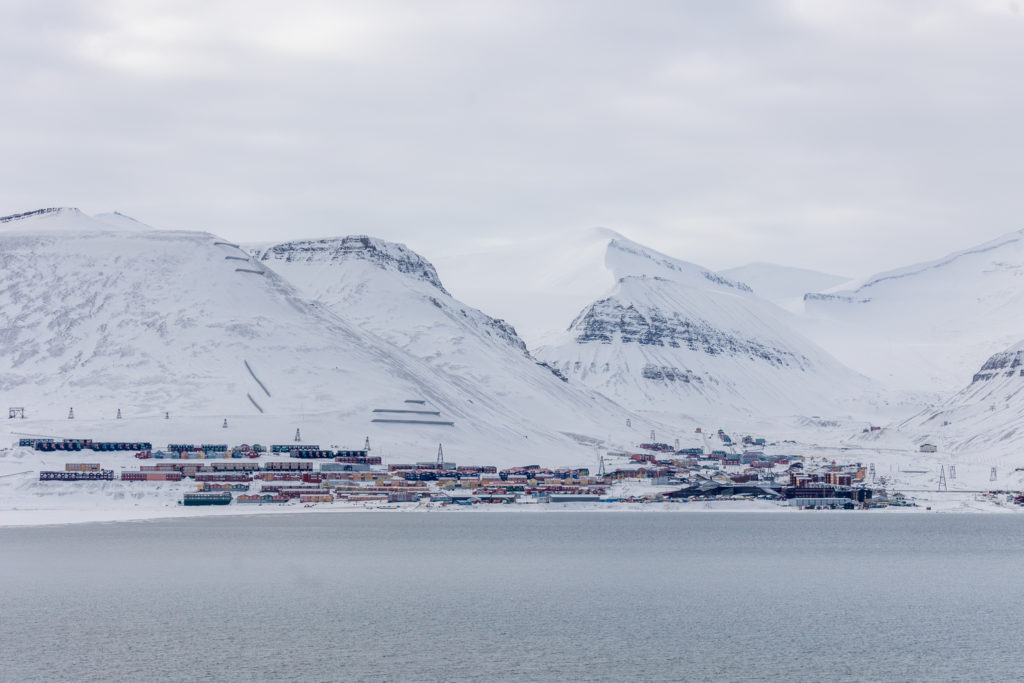
Hey, nice website!
Hah!
I like this distinction between Being and Going pics. Currently revisiting places where I used to live, and frequently enough traveled routes where I certainly had the sense of BE’ing – especially given the big changes of personnel and life directions going on at the time – but now it’s a revisit, a reconnection, and it’s just not the same. The sense of bittersweetness caught me off guard. It may in part be due to the difference between Be’ing and Go’ing…
Thank you. I think that revisiting is its own thing. Both difficult and sweet because we change as well as places. I think Death Cab for Cutie’s song Gold Rush really encapsulates that bittersweet feeling, and how we have attachments to place based on our own history and experience. But places change, And so do we. I don’t think we can make the same connections when we revisit. Soon, I will be going back to the Pacific Northwest for a visit. I am very curious how that experience will be for me. I suspect the bittersweet as you describe. And I think that when a place you have been becomes a place you go to, then your experience of it is of necessity mixed up with a lot of emotion. But I will find out. 🙂